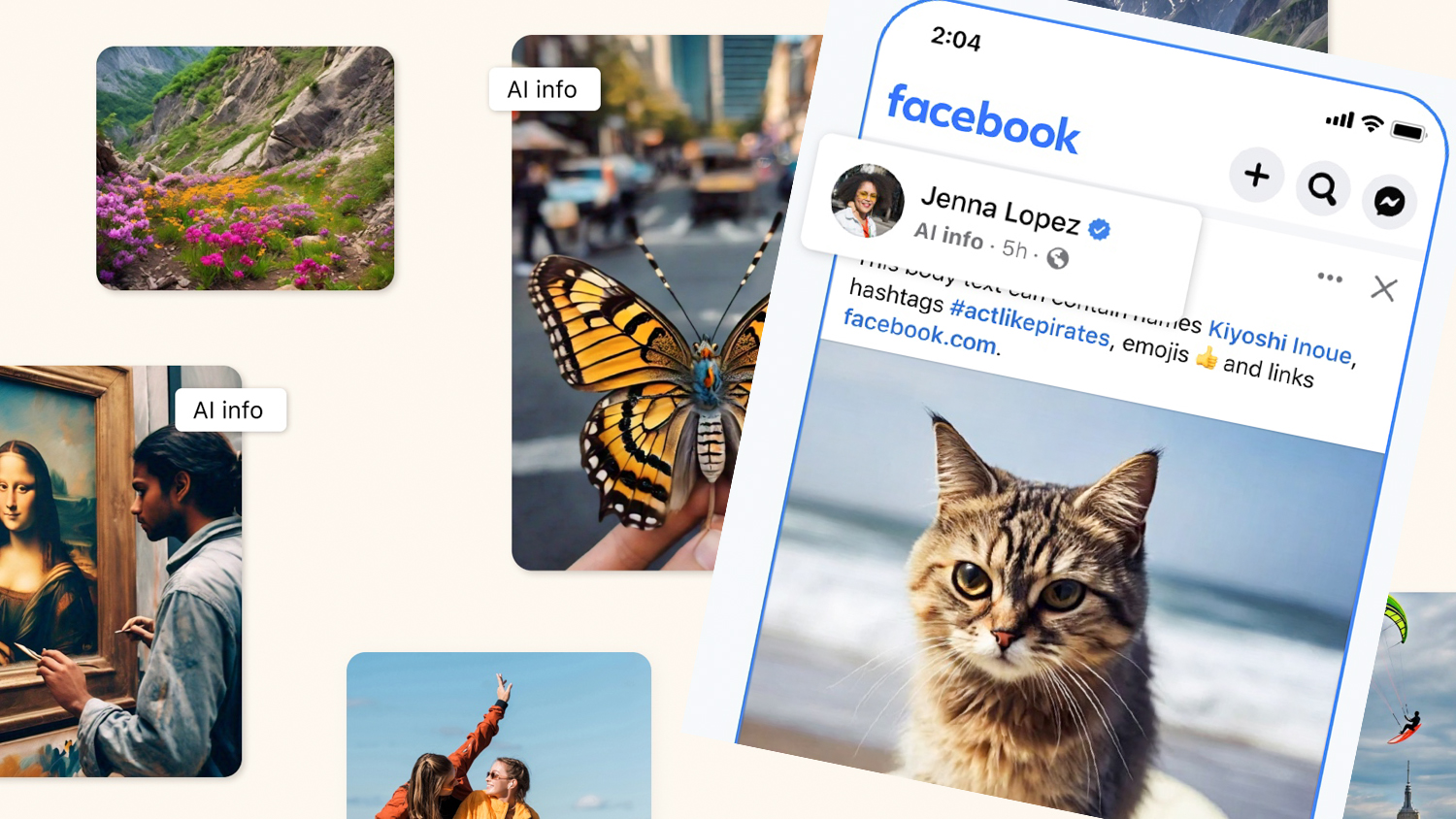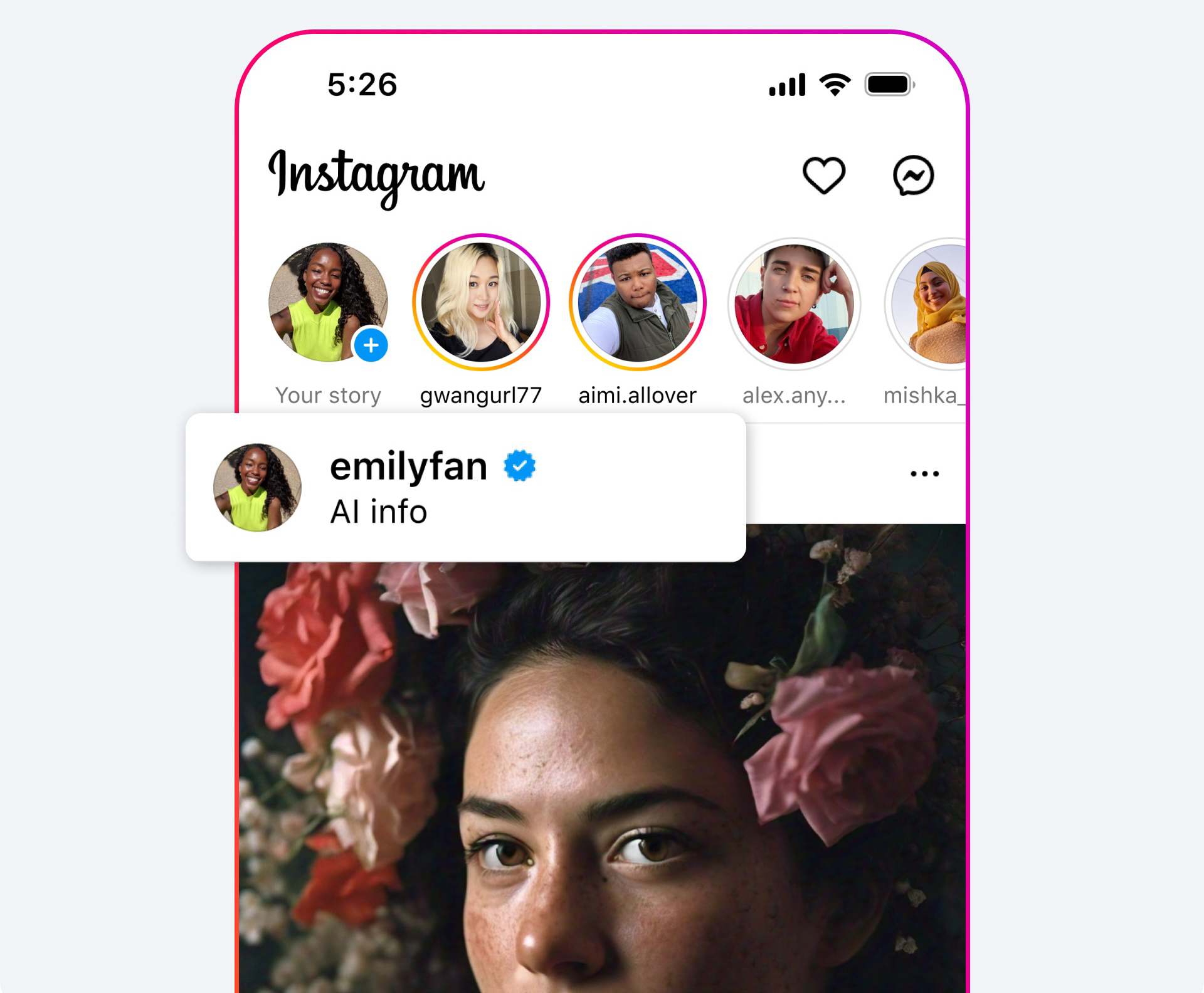
It is a stereotype that artists and creatives believe themselves to be constantly hard–done by, however, in the face of modern technology, it would appear they’re right.
Between the scandal at Adobe, for which they are now being sued, and Meta dubiously labelling photographers work as “made with AI,” it’s been a depressing glimpse into the future for many original creatives.
Since April of this year, photographers have been on the warpath after Meta started forcefully labelling their Instagram photographs as “made with AI” for tiny edits, including minor Photoshop tweaks.
After allegedly “listening” to the feedback, Meta has now adapted their AI labelling technique, but is it any better?
Meta has replaced the “made with AI” label with “AI Info” on images it detects to have come into contact with any AI tech.
In an update to Meta’s webpage “Our Approach to Labelling AI–Generated Content and Manipulated Media,” originally created in April they have said:
“We’ve found that our labels based on [industry standard AI] indicators weren’t always aligned with people’s expectations and didn’t always provide enough context. For example, some content that included minor modifications using AI, such as retouching tools, included industry-standard indicators that were then labeled “Made with AI".
“While we work with companies across the industry to improve the process so our labeling approach better matches our intent, we’re updating the “Made with AI” label to “AI Info” across our apps, which people can click for more information.”

So how does this help artists and photographers?
Not much when you learn that when users click on the new tags, it will still flash up with the same message “made with AI,” but will now come with a "detailed" explanation of the tags justification. The limited options include indicating that the image might be entirely AI–generated, or edited using AI tools. It is not clear yet whether the types and breadth of tools will be detailed.
Users will first notice the change across mobile apps, with the main rollout happening gradually across other platforms.
The vast majority of creatives I know have been calling for more transparency over AI generated images since their emergence, but what they are referring to is work that is almost entirely created using programs.
Under these rules, even with the update, there is still not enough of a differentiation between a perfectly reasonable edit on a real, original photograph, such as removing a speck of dust, or significant edits that change the authenticity of the image.
We're all still going to do it so here are the best photo editing software, and the best photo-editing laptops for photographers.







